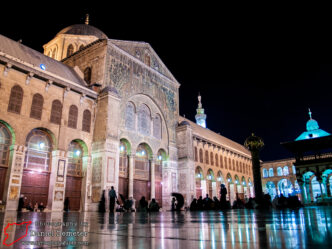
Damascus – Umayyad Mosque دمشق – الجامع الاموي
The most important monument in Damascus (دمشق), and perhaps the entire country, is the magnificent Umayyad Mosque (الجامع الاموي). No single historic …

The most important monument in Damascus (دمشق), and perhaps the entire country, is the magnificent Umayyad Mosque (الجامع الاموي). No single historic …
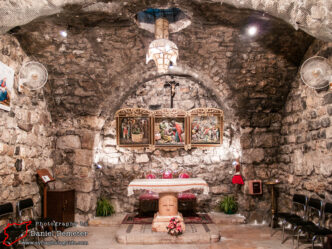
One of the more interesting churches in Damascus (دمشق) is the small underground chapel known as the Church of Saint Hananiya (كنيسة …
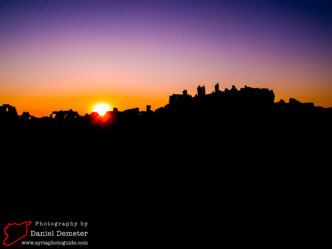
The ruined Byzantine city of Sergiopolis, known today as al-Rasafeh (الرصافة), is one of the most spectacular historic sites in eastern Syria and …
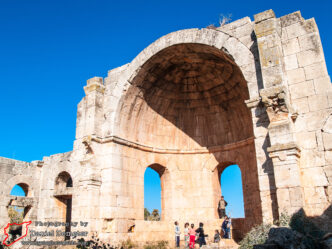
The remains of two Byzantine churches are located on opposite ends of this small Alawite village near Masyaf (مصياف). The western church, …
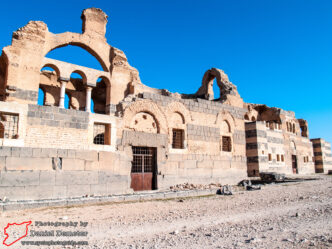
Qasr Ibn Wardan (قصر ابن وردان) is a fascinating Byzantine church and palace complex located at the edge of the desert to …
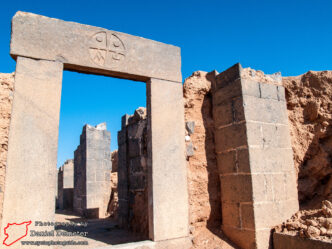
The remote Byzantine site of al-Andarin (الاندرين) is spread over a vast area at the edges of the semi-desert, about twenty-five kilometers …
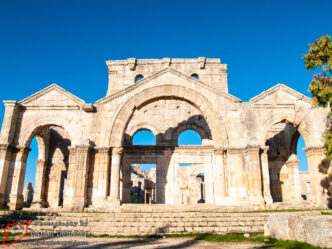
The most impressive archaeological site in the countryside of Aleppo (حلب) is the remarkable Byzantine religious complex known today as Qalaat Samaan …
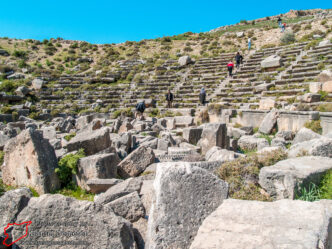
Perhaps the most expansive of the Roman and Byzantine sites in the countryside of Aleppo (حلب) are the remains located at al-Nabi …
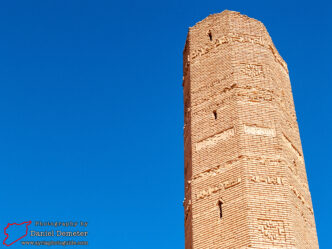
Just outside the modern town of Meskaneh (مسكنة), on the shore of Lake Assad, are the remnants of the Bronze Age city …
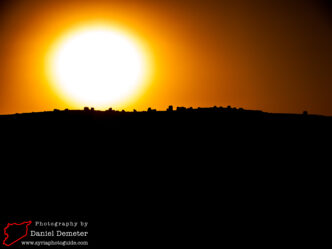
Qinnasrin (قنسرين), located in the modern village of al-Aisa (العيسى), is the site of the ancient Chalcis ad Belum. This was an …